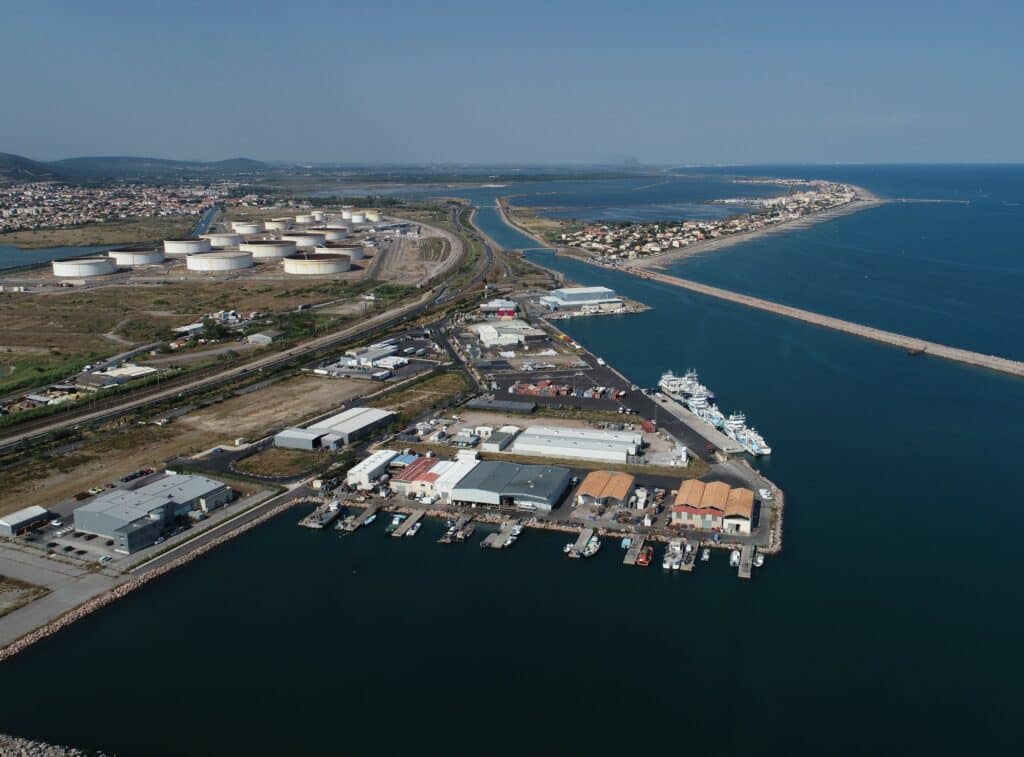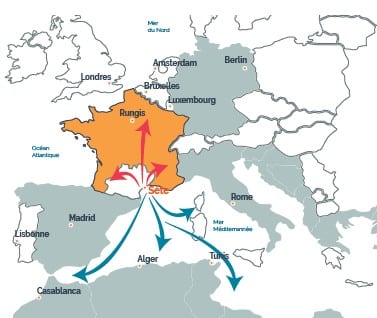In 1982, on the initiative of the fishermen, a refrigeration plant was set up for products from the Sétoise fishery. In 1991, an extension of land reclaimed from the sea was built to accommodate those involved in the fishing industry and to support shellfish production at sea. To meet the needs of local stakeholders, particularly oyster and shellfish farmers, a pipeline has been installed to supply raw seawater.
Since its total refurbishment in 2015, the Port of Sète – Frontignan’s halieutic activity zone offers spaces and services specially designed for seafood-related activities.


The business park enjoys exceptional geographical advantages, located at the heart of the Sète-Frontignan port network, in the immediate vicinity of the commercial port with its regular shipping routes to Africa and its 42 km of rail lines, and the fishing port, a historic Mediterranean port with its fish auction.
The business park is at the epicenter of the Mediterranean’s major goods flows, with direct access to the main roads leading to the whole of Europe.
The 18-hectare platform is divided into developed plots ranging from 3,000 to 33,500 m2. The zone brings together complementary companies covering a broad spectrum of fishing activities: shellfish farmers, fishmongers, canners, aquaculturists, fishermen and cold logistics freighters.
Since 2015, the business park has enjoyed a new lease of life thanks to a complete overhaul of the common areas with :
Located on the public maritime domain, Port Sud de France allocates the available lots under a long-term occupancy agreement with real rights to the buildings.

All available lots have been landscaped (earthworks, fencing, secure access with gates) and serviced.
The major advantage of the Frontignan fishing zone is that it can supply structures with raw seawater.
Pumped seawater must be treated by the user in a manner appropriate to his activity.
Port de Sète © 2023 Legal notice | Site map | Privacy policy | RGAA Charter | Website creation Keole.net
